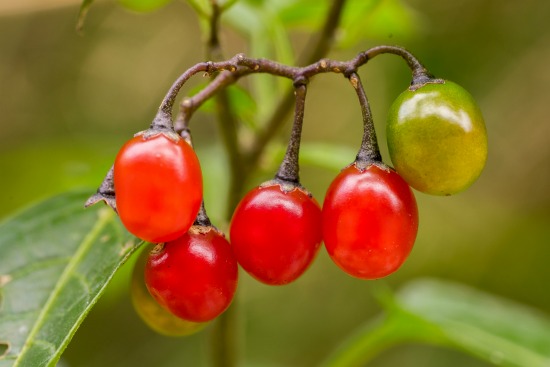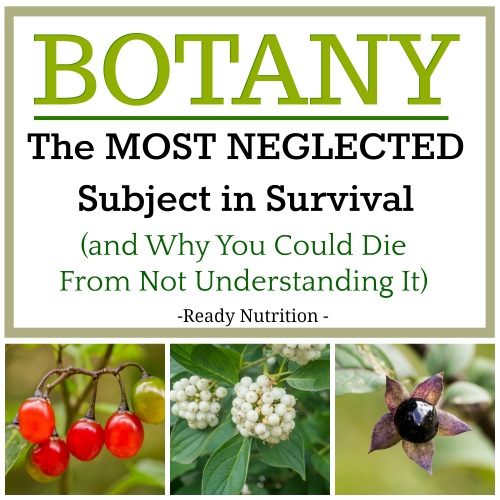
Do-it-Yourself Botany: Plant Identification and Four Must-Have Resources for Your Survival Library
Lupine can be mistaken for chicory. Some plants, such as poison oak, ivy, or sumac are dangerous to you if they come in contact with the skin, and also if they’re accidentally burned over a campfire and the smoke inhaled. The first article that I wrote for Ready Nutrition was a review of the book “Eat the Weeds” that gave a listing of all the weeds that are fit and nutritious for consumption.
I’m going to recommend another reference that I found recently that will be a great addition to your preparation library. It is an easy-to-use resource that is very comprehensive in nature and an excellent instructional manual. “Botany in a Day: The Patterns Method of Plant Identification,” is written by Thomas J. Elpel, and this stresses identification by the plant family, and then narrowing it down to the individual plant.
The book gives the history and structure of plants and then how to identify the different families of plants, finishing off with an entire reference guide with the in’s and outs of each kind. This includes trees and ferns, as well as your standard flowering species. Elpel goes into great detail of the differences between Monocots and Dicots, and flower shape and structure to identify first the family and then the individual plant.
The reason emphasis is placed on the family is that it is easier to identify the group and then narrow that group down to the exact type of plant than to just take a plant in the middle of nowhere and have nothing to compare it to or points of reference. Now’s the time to pick this one up for a reference, as everything is growing all over the country and it can be used as a guide regardless of the geographic location you reside in.
I have already written about my appreciation for Peterson Field Guides for animals, plants, fungi, and so forth: this is because of the color photographs that enable you to accurately ascertain what plant is in front of you. Use those guides to corroborate your hypothesis and to verify your find. Use Elpel’s guide here to enable you to narrow down the field with or without a field guide with color photographs. Peterson’s is by example, and Elpel’s is by the scientific method of observation.
“Botany in a Day” will run you $30 for the cover price, and you can order it through Amazon if you cannot find it in a bookstore near you. It is not a “pocket-sized” reference, but it is a soft cover and can be tucked away in a backpack when you’re out and about. It is a worthwhile investment that will teach you how to identify the plants you encounter in your travels. JJ out!

This article was originally published at Ready Nutrition™ on September 23rd, 2018






